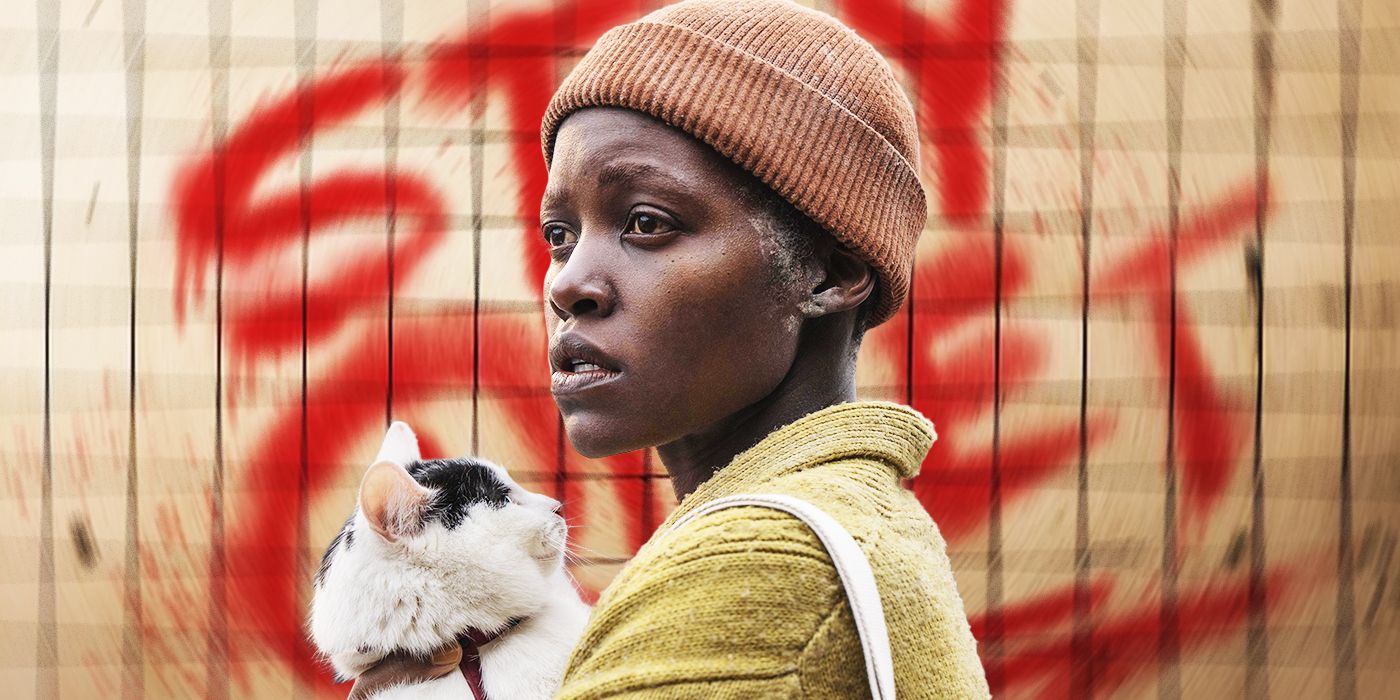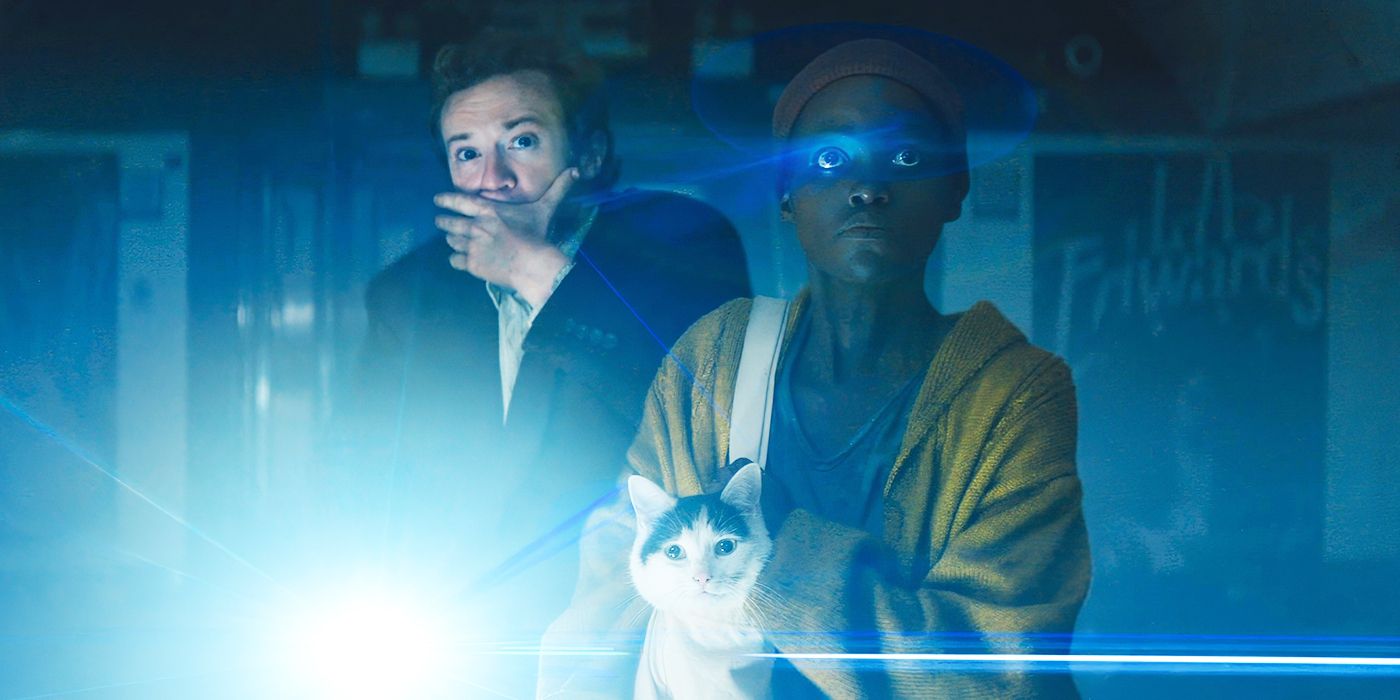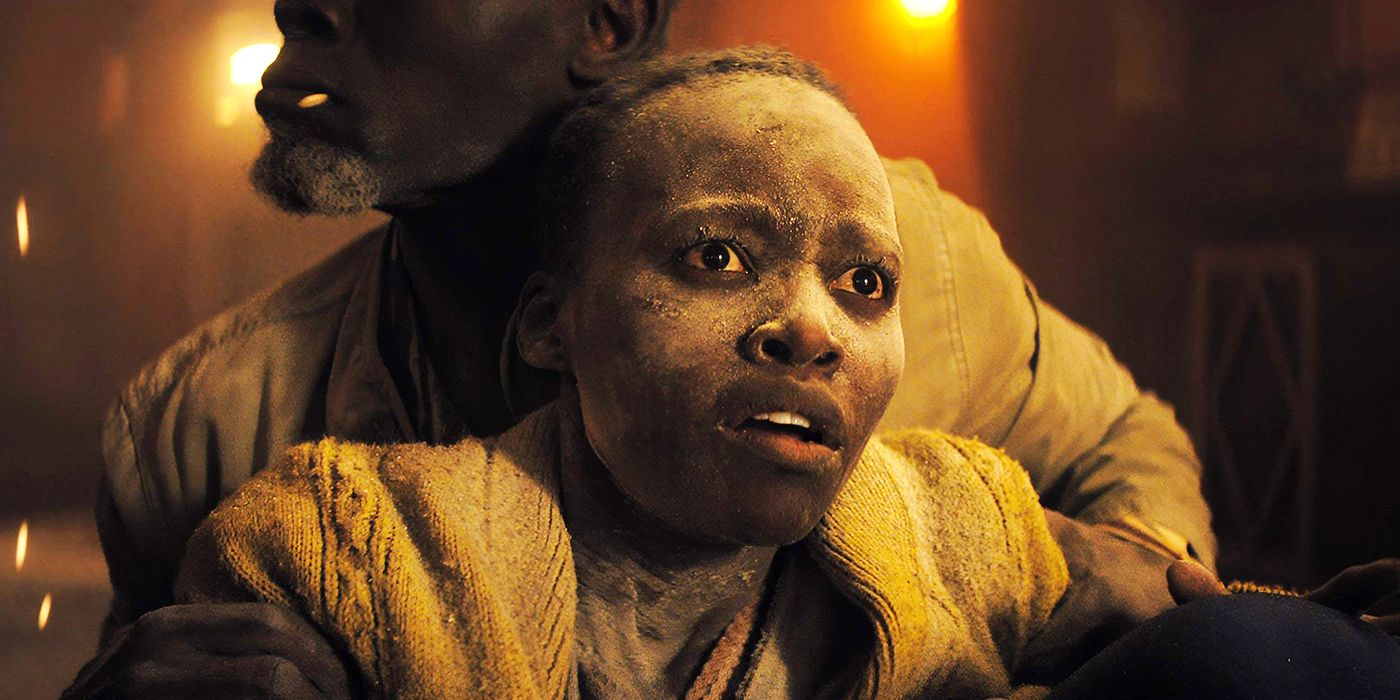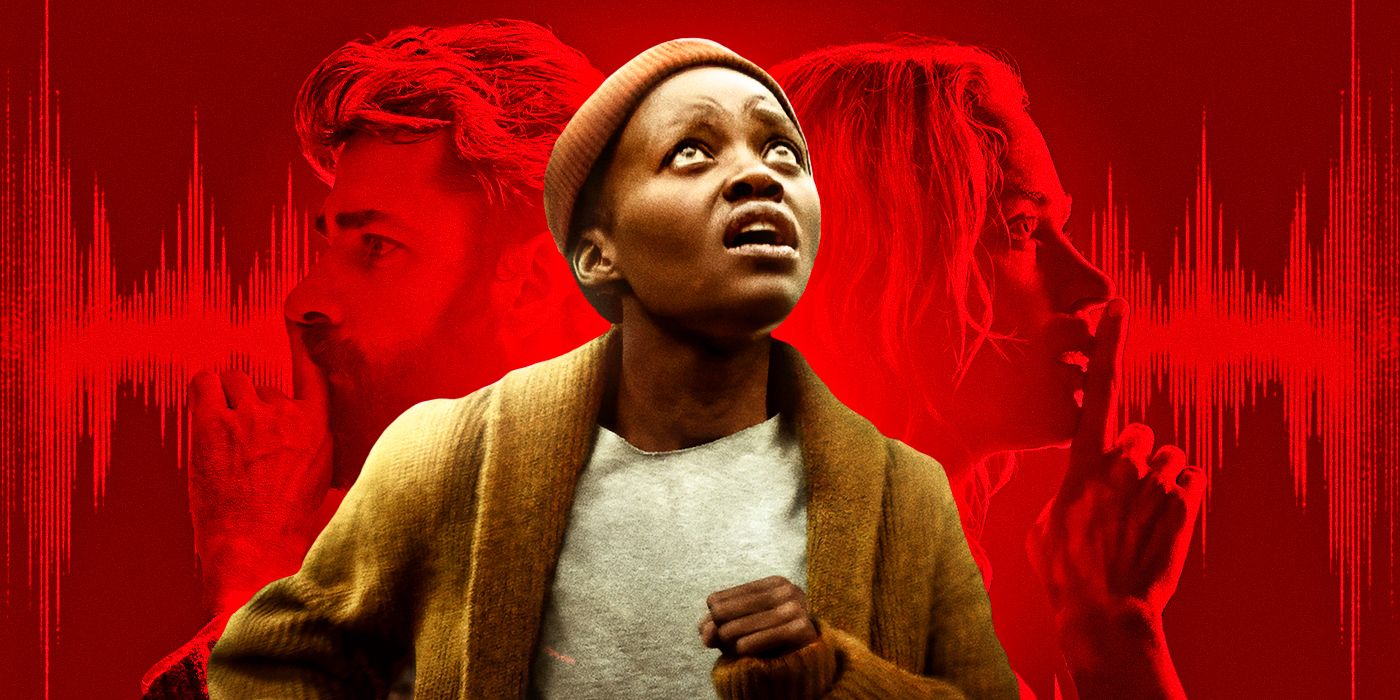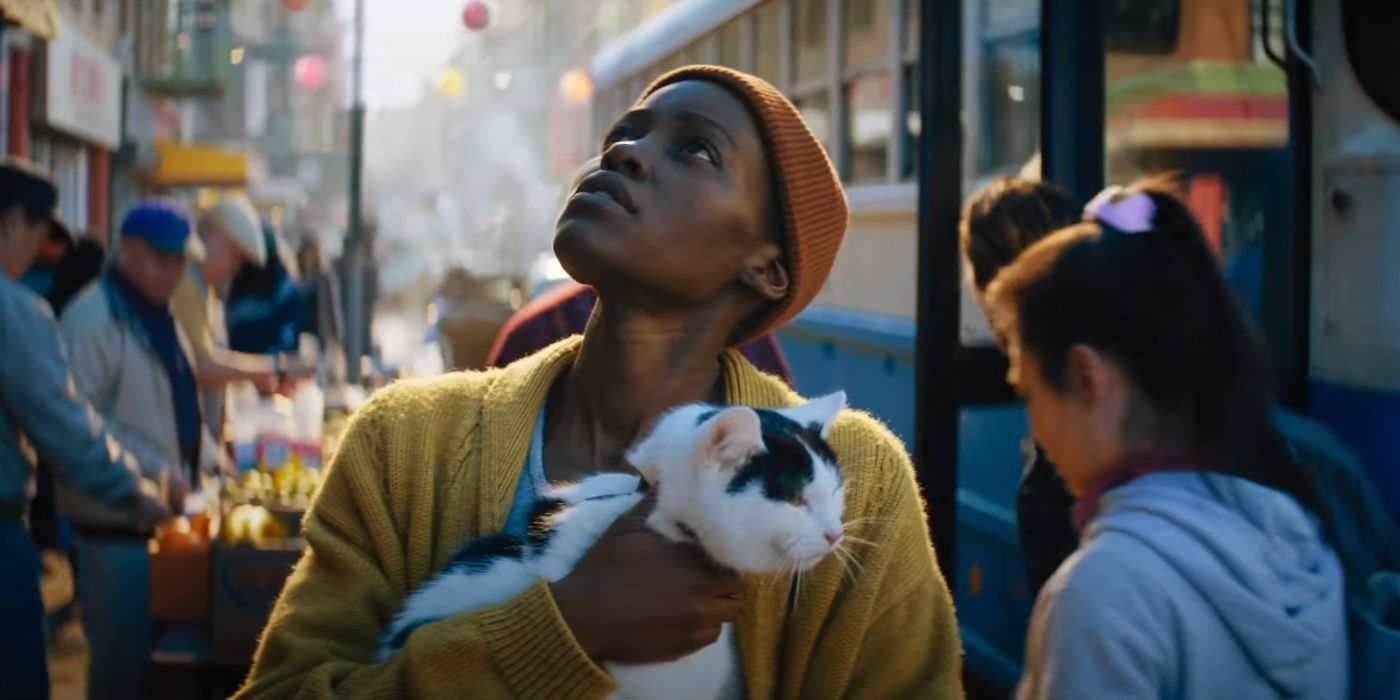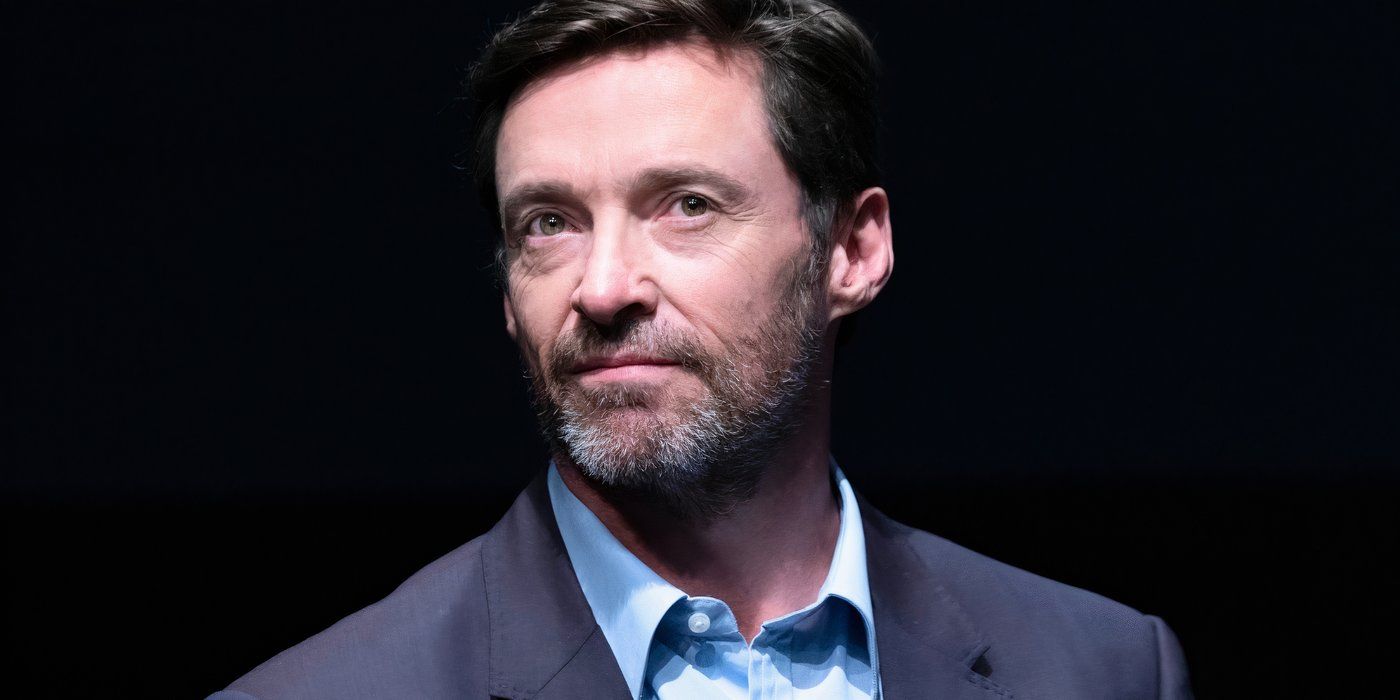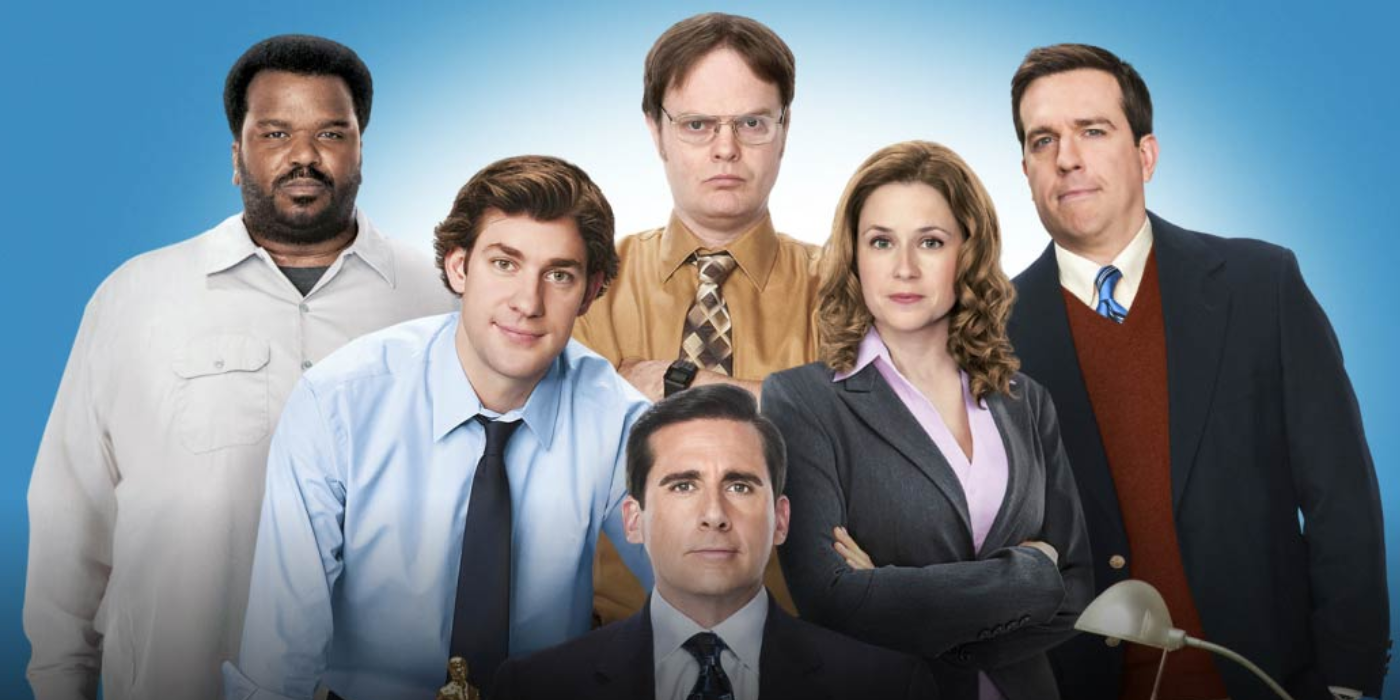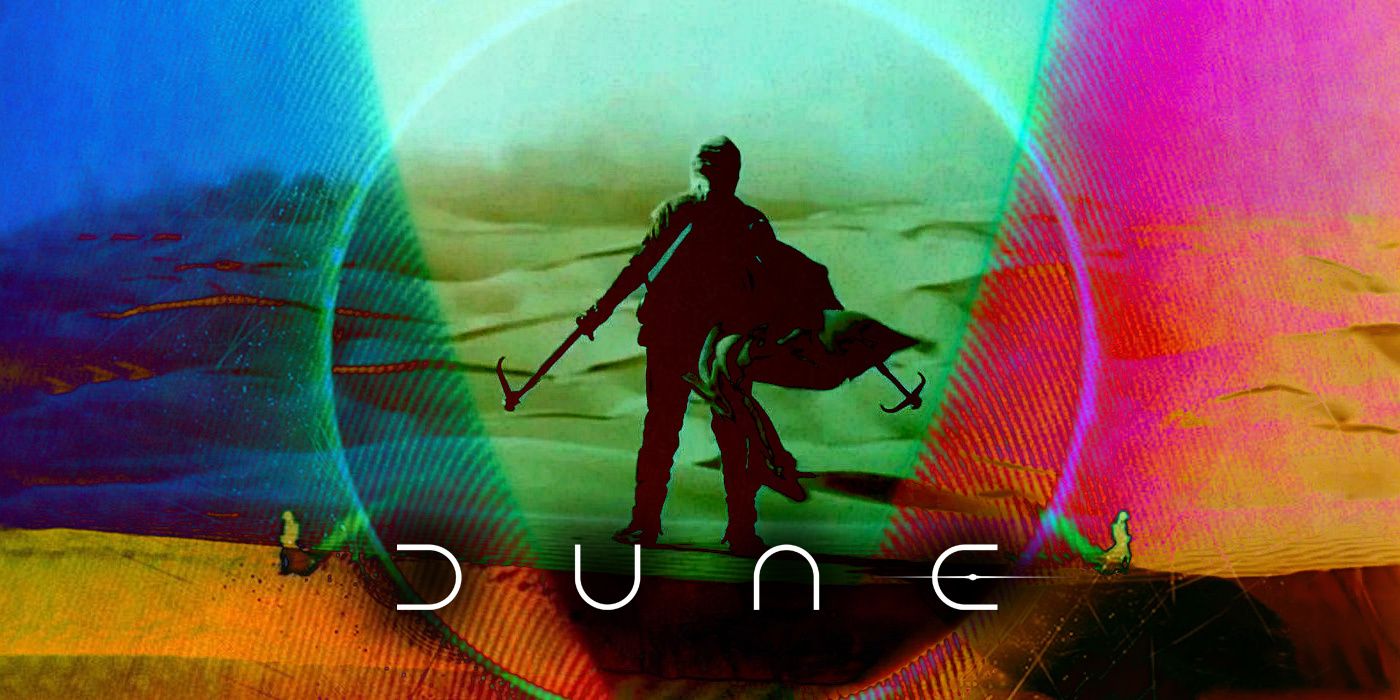[Editor’s Note: The following contains spoilers for A Quiet Place: Day One]
The Big Picture
- A Quiet Place: Day One director Michael Sarnoski, discusses the inception of the film, the biggest changes from the original idea to the final product, and the challenges of creating a hopeful and life-affirming ending in a bleak and desolate world.
- Sarnoski reveals why the third lead is a cat and how he decided on the name Frodo.
- The Death of Robin Hood, starring Hugh Jackman and Jodie Comer, will be Sarnoski’s next directing project.
Recently, the reason for Jeff Nichols‘ departure from A Quiet Place: Day One as director was revealed. The parting of ways was amicable and allowed Michael Sarnoski, the director of 2021’s Pig, to bring his own ideas to the table when John Krasinski approached him about taking over. Before the prequel hit theaters, Collider’s Steve Weintraub got the chance to sit down with Sarnoski and discuss the elements of his vision that convinced Krasinski he was the right filmmaker for the job. We discuss the heartbreaking direction the writer-director took, as well as that powerful final shot.
For the third film, Krasinski knew he wanted to take audiences back 500 days before we met the Abbott family. A single line from Djimon Hounsou‘s character in A Quiet Place Part II set up the trajectory, but it was up to Sarnoski to figure a way into the chaos of New York City the day the world ended. From this freedom, Lupita Nyong’o‘s Samira, who the director describes as “not your typical horror protagonist,” was created. As sightless, deadly extraterrestrials drop from the sky, we follow her, her cat Frodo, and Eric (played by Stranger Things breakout star Joseph Quinn) through what’s left of the city.
During this interview, we find out how Sarnoski and Krasinski collaborated to find the “in” for Day One and what it was like for the filmmaker to go from directing Nicolas Cage in his acclaimed indie feature debut to a big-budget blockbuster. He also discusses how they knew they’d found the perfect cast, references to The Lord of the Rings, working with cats, and his next project, The Death of Robin Hood, with Hugh Jackman and Jodie Comer. For those who have seen Day One, we also get into some spoilers about that apocalyptic twist and the final, devastating shot. Spoilers are marked near the end of the article and video.
You can watch the full conversation in the video above or read the transcript below.
Lupita Nyong’o’s Unlikely Horror Protagonist Won Over John Krasinksi
COLLIDER: Originally, Jeff Nichols was working on A Quiet Place: Day One. He leaves, you come in. What was that like? Did you go pitch John Krasinski? How did it happen for you to get the gig?
MICHAEL SARNOSKI: John Krasinski saw Pig and just reached out and said, “Hey, I really responded to that movie. You wanna bring some of that to the Quiet Place universe?” He laid out how, in the second Quiet Place, they referenced day one in New York City. Djimon Honsou’s character talks about that. They were paramount, and John had decided, “We want to explore that story. What did New York on day one look like?” So, he gave me that prompt and said, “What’s your “in” to this? What would you want to explore that would feel like a movie all your own?”
I thought about it for a little while, and I came to this character of Sam that’s going through a pretty specific moment in her life and, because of that, is interacting with the apocalypse in a pretty specific way. I presented that to him, not expecting that much. I was like, “Hey, this is not your typical horror movie protagonist, but this is who I’d want to follow.” And thankfully, he said, “Heck yeah, let’s do it.” Then he just gave me a lot of freedom to kind of find this world for myself, find these characters and find that emotional core. Then we would bounce ideas back and forth and he would read drafts and all that. But yeah, it was just really kind of generous of him to sort of hand this over and say, “Hey, make this your own.”
What surprised you about making your first big-budget Hollywood movie?
SARNOSKI: Weirdly, the thing that surprised me was how it didn’t feel that different from making an indie movie. On set, yeah, you have 10 times as many people, but at the end of the day, ideally, it’s just a lot of people that are all trying to make the same vision. You’re talking to each other and coming up with ideas. Your job isn’t that different. It’s just more, which was kind of reassuring. It was nice to know, “Oh, you can still kind of have a familial indie vibe, even on a big studio movie.”
One of the things about this is you need to get the casting right, but this is also a movie that I would imagine a lot of people want to be in. What is it like casting when you can basically cast who you want?
SARNOSKI: There aren’t that many characters in this movie, so a lot of it was just imagining who had to embody these characters and who would bring the most to it, and reaching for the stars. When we cast Lupita, I was pleasantly shocked that she was willing to do this. I was like, “Okay, she’s done horror. She’s Lupita Nyong’o. Is she really gonna do this?” She loves the franchise. She responded to the character and the material and was just willing to go to some really deep places with it. So, you kind of just count your lucky stars a little bit and hope for the best.
We ended up with an amazing cast that plays off of each other really beautifully. You’re just thinking of who can serve the character most and who’s excited about the character. You don’t wanna have to force anyone to do anything. It’s about, “Hey, does this character speak to you? Is it someone you want to embody?” And if someone’s reaction is, “Yeah, I could do that, probably,” then it’s like, “Oh, that might not be that exciting.” But if someone’s like, “Oh yeah, I really relate to this, and I was thinking about this and that,” then you know you have someone that’s really gonna bring it.
Sorry, ‘Fallout,’ This Proves Cats Are the Ideal Apocalypse Partners
“It always made sense that it was a cat.”
I love cats. I was surprised that the third lead in the movie is a cat. At any point, did anyone say to you, “It should be a dog?”
SARNOSKI: No one said it should be a dog. I think people got that I think cats are more like predatory animals. They know to be quiet, they know how to survive and to hunt. I think a dog would just see a creature and start barking, and it wouldn’t go great. So, I think it made sense. It also made sense in the New York environment. There’s kind of this stray street-cat vibe that works for Frodo. I know Lupita was kind of cautious about working with a cat because she was really afraid of cats when we started this movie, but she was willing to commit and brave that, and by the end, she loved cats, and she has her own now. It always made sense that it was a cat, but it definitely had its struggles.
I love the name Frodo, but I know it must have taken you a while to figure out what the perfect cat name was. What did it almost become?
SARNOSKI: I think it was Frodo from very early on. I liked the Lord of the Rings reference, that they’re going on this journey. I liked that Sam is kind of a literary person and, as a poet, would name her cat after a character from a book.
I just want to also point out “Samwise.”
SARNOSKI: Yeah, Sam and Frodo. Sam’s got to carry Frodo to the end of the world. It was definitely a fun reference but also something that made sense for her character, so it just seemed really natural.
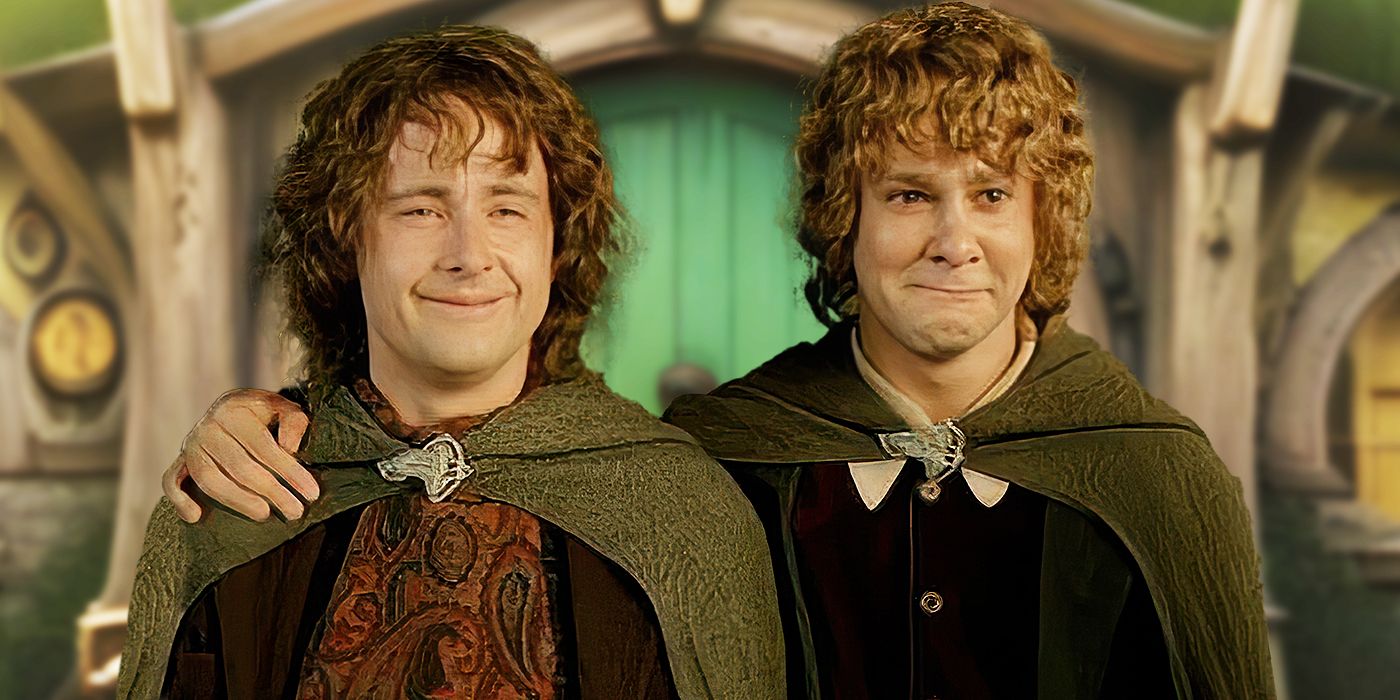
Related
The 10 Best Duos in ‘The Lord of the Rings,’ Ranked
“Why did you look? Why do you always have to look?”
When you’re working on the screenplay, how much were you thinking about, “Oh, this is gonna cost a lot of money. Can we do this?” Were you ever thinking about budget or the set pieces while you were writing?
SARNOSKI: I mean, yes and no. I was always approaching set pieces as, “What is this doing for the character? What does this mean for their story?” You want things to feel big and exciting, but it also always has to feel like, “Why is Sam going through this and what is this going to do for her story?” So, initially you just don’t think about budget at all, or I didn’t, and then as you start figuring out how you’re going to have to pull things off, then you either come up with new ideas or make compromises or figure that out. I tried not to let that affect the storytelling too much early on and then it just becomes a problem-solving thing later on, of, “Oh, okay, maybe this is gonna be too hard,” or, “Oh, maybe we could actually go bigger with this.” So, yeah, I wasn’t thinking about that too much. I was really just focusing on character and what felt right and felt exciting.
What was the biggest change from inception to what people are gonna see on screen?
SARNOSKI: Oh, that’s a great question. A lot of the core stuff was started early on, like the ending, the characters. Maybe this is a cop-out answer but I think the biggest pleasant surprise is you write a character like Sam and Eric, and this is a story about them kind of learning about each other and seeing each other, I think Lupita and Joe embodying that and taking that to a whole other level that I didn’t even expect they could reach. There’s so much that they have to do in silence to convey that relationship that you read it on paper and you say, “Oh, I hope we feel this way,” and then you see them perform it like, “Oh, we feel this way and even more.” That was kind of the best pleasant surprise.
In the movie, you do a lot of close-ups and it really conveys you getting to know what they’re feeling. How much did you debate how you wanted to photograph the film and where and when to use close-ups?
SARNOSKI: I shot this with Pat Scola, who was the cinematographer for Pig. We’ve worked on both of my movies together. He’s like a brother, and I think we just really understand how the other one works at this point. We know what we want. We mostly sat down, went through the script, and shot-listed the whole thing. Even though we had more resources, we approached it like a smaller movie where we were just like, “Here are these specific shots that we want to get.” We generally did a single camera. Occasionally, you do a couple of cameras, but we tried to be really specific about which shots we were getting and how we wanted to portray every scene.
The close-ups were really important because this was a story about Sam and Eric going through the apocalypse. We were not purely leaning into just the big spectacle. It was about, “How are they experiencing this big spectacle?” So, being with them and being able to experience their motions and the subtleties of that was really important, and Pat just shot it so beautifully.
[Editor’s Note: The following contains spoilers for A Quiet Place: Day One]
‘A Quiet Place: Day One’ Puts a New Spin on the Apocalypse
Lupita’s character is in hospice, and that’s not the most uplifting thing. I know John liked it, but did the studio ever say, “Really? Hospice?”
SARNOSKI: Everyone was really brave about that. There was that initial instinct of, “Oh boy, that’s a risk for a protagonist in a horror movie, someone who isn’t even planning on surviving.” Because a lot of these movies often come down to fundamental survival — the tension comes from that. But that was sort of the thing that excited me was, “How can we make a tense movie, an emotionally fulfilling movie, where, at the end of the day, survival isn’t even really the goal?” So, I think everyone got behind the exciting side of that. That was the original idea for the movie was: “I don’t wanna see all the stuff that you associate with a disaster movie — fighting, surviving, escaping. I wanna see someone who’s on a very personal journey because the apocalypse gives them the opportunity to live again.”
Sure. Also, it’s just about New York City pizza, ultimately.
SARNOSKI: Which is the most important thing in the world.
Why the Final Shot Was the Most Challenging
How did you decide on that last shot of her in the street enjoying music, being home?
SARNOSKI: I knew from very early on that that had to be the ending. That was a big challenge of the movie was: how do we get to a place where that is the ending, yet somehow it feels triumphant and earned and life-affirming? I didn’t want it to end on a downer, but on paper, it’s a pretty downer ending. But it’s the same thing for the whole movie — on paper, New York is destroyed, the world is over, this is the apocalypse. But how do we find that hope and that joy in that? So, I knew that we needed to reach that place.
Then, figuring out how to actually shoot it was just talking to Pat a lot about, “How do we want to approach this?” We could have done it in multiple shots, but there was something about being swept up into the city and swirling around her with the wind and the music that just felt like we wanted to feel like we were almost in her memory of the city for one last moment before it all ended. After a very bleak, desolate kind of thing, it was nice to be in a sunny day in New York and just be out for a stroll.
One of the things I think people are gonna wonder is, in the movie, obviously, if you make any sound, the creatures get you pretty fast. At the end of the film, Lupita shatters a bunch of windows, alarms are going off, she is running. How does she survive when all the things are running at her?
SARNOSKI: The idea there is that she learns it from Eric. Earlier on, they escaped by setting off a car alarm, and the nice thing about setting off a car alarm with a bunch of other cars around is that, especially once creatures start attacking, they’ll start setting off more car alarms, and it starts crescendoing. The idea is she makes a sound somewhere that she can then leave behind and get away, and then, as they’re tearing stuff up, tons of car alarms start going off. She’s using the car alarms as a distraction to get away. But she also doesn’t get that far away, and it almost doesn’t work. So, it doesn’t go perfectly to plan.
I’m totally teasing.
SARNOSKI: No, we talk about this stuff all the time. It’s good.
Hugh Jackman and Jodie Comer’s ‘The Death of Robin Hood’ Is Prepping to Film
It was announced that you’re gonna be doing The Death of Robin Hood, and you’ve landed two incredible actors. How long have you been working on that script?
SARNOSKI: I wrote that script right before coming onto A Quiet Place. I made a deal with myself where if I was gonna do a big studio movie, I wanted to make sure I had my smaller passion project in the wings that I could be thinking about. So, I wrote it right before writing this and have just been playing with it in the background. Then we started taking it out, and, I don’t know, it just became this. Initially, when writing it, I wasn’t sure it was gonna be my next movie, but I knew I wanted to have something I cared about. As I was going through this process, I was like, “It’s pretty obvious that it has to be that movie.” I just fell in love with it more and more. Then, as we brought these incredible actors on, it’s where my heart’s gonna be at for the next year.
I saw that it’s gonna start shooting in February of next year. Is it weird to know that far away that that’s the shoot?
SARNOSKI: I mean, it is, but with movies time collapses so much. You’re shooting in February, that means you’re gonna start prepping in, like, November, and then suddenly it’s like, “Well, November is only a handful of months away.” The timelines compress pretty quickly, and there’s so much to do — location scouting, figuring this out and that out, and getting the whole team together. It is weird, but it’s something you get used to because you need that stretch of time. Also, I could use a little vacation beforehand.
There’s no such thing as vacation. You’re gonna be writing on vacation. You’ll be thinking about things. It sounds like Hugh Jackman’s gonna be playing someone who’s injured, and Jodie Comer is there as a mysterious woman. Is this sort of like a two-hander in a house, or is this also gonna feature action set pieces?
SARNOSKI: It’s a little bit of both. It has a sort of different version of the epic Robin that we’re used to while also a very intimate story that’s going throughout, as well. So, it’ll have a little bit for everyone in that sense.
A Quiet Place: Day One is in theaters now. Check the link below for showtimes:
Get Tickets

